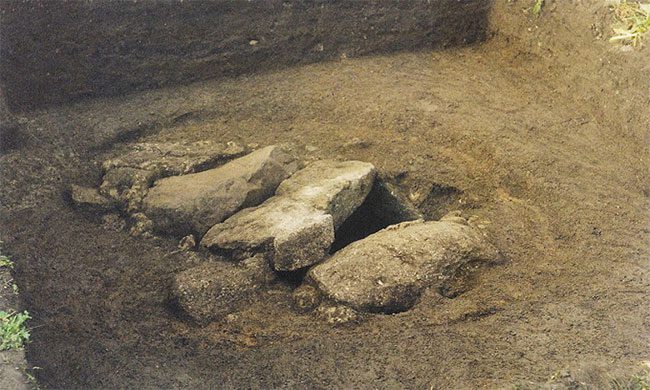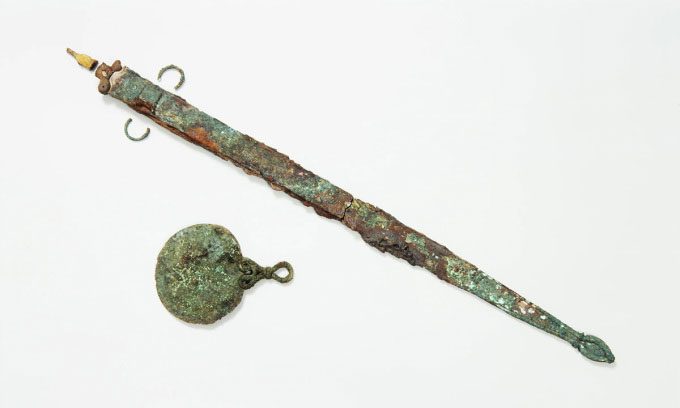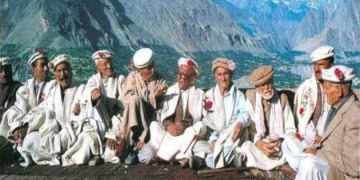According to experts, the ancient warrior’s remains buried with weapons and a mirror in a 2,000-year-old tomb on Bryher Island are likely female.
The Iron Age tomb on Bryher Island, part of the Scilly Isles, has captured the attention of scientists since its discovery in 1999. The tomb contains a sword and shield, items traditionally associated with male burials, but it also holds a mirror, an object commonly buried with women. According to a new study published in the Journal of Archaeological Science: Reports on July 27, dental analysis suggests a 96% probability that the individual in the tomb was female.

The 2,000-year-old tomb on Bryher Island. (Photo: Isles of Scilly Museum Association).
The tomb dates back to around 100-50 BC, providing rare insights into the lives of ancient Britons and suggesting that women may have actively participated in warfare before Queen Boudicca of the Iceni tribe led a rebellion against Roman invaders in Britain in AD 60.
“Our findings present an exciting opportunity to revisit this significant tomb. They provide evidence of the important role of women in warfare in Iron Age Scilly,” said Sarah Stark, a bioarchaeologist at Historic England.
“We may not be able to fully understand the symbolism of the items in the tomb, but the combination of the sword and mirror indicates that this woman held a high status in her community and may have played a leadership role in local battles, organizing or leading raids against enemies,” Stark added.

The Iron Age sword and mirror found in the tomb on Bryher Island. (Photo: Historic England Archive)
The remains have decomposed to the point where DNA testing could not assist the research team in reaching a conclusion. To conduct the new analysis, they had to rely on advanced molecular biological techniques at the University of California.
“Dental enamel is the hardest and most durable substance in the human body. It contains a protein linked to the X or Y chromosome, which can help determine sex. This is very useful because such proteins exist longer than DNA,” said Glendon Parker, a professor of environmental toxicology at the University of California Davis. He added that other tombs could also be reexamined using similar methods.
Archaeologists know very little about the Celts living in Britain before the Roman occupation, but they believe that their warfare primarily involved surprise attacks on enemy dwellings.
The mirror holds both symbolic and practical value for warriors. It was used to signal allies, coordinate attacks, and also to communicate with the supernatural world. The tomb on Bryher Island is the only known tomb in Western Europe that contains both a mirror and a shield. These artifacts are currently on display at the Isles of Scilly Museum on St. Mary’s Island.


















































